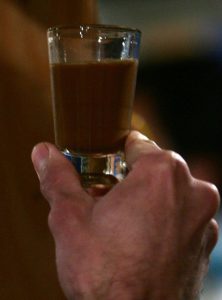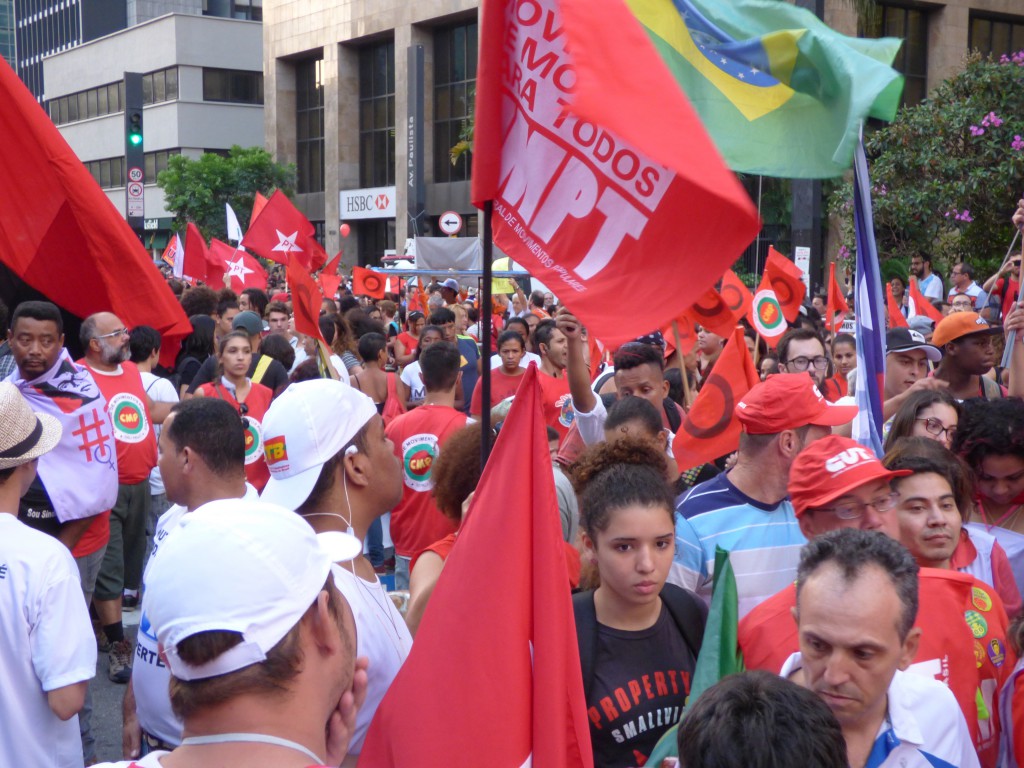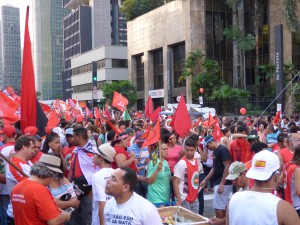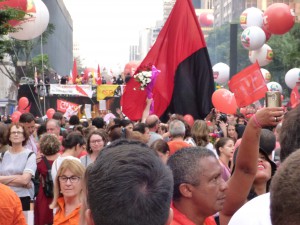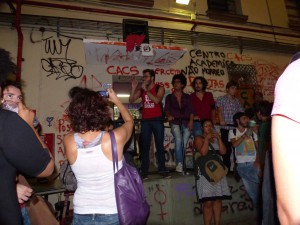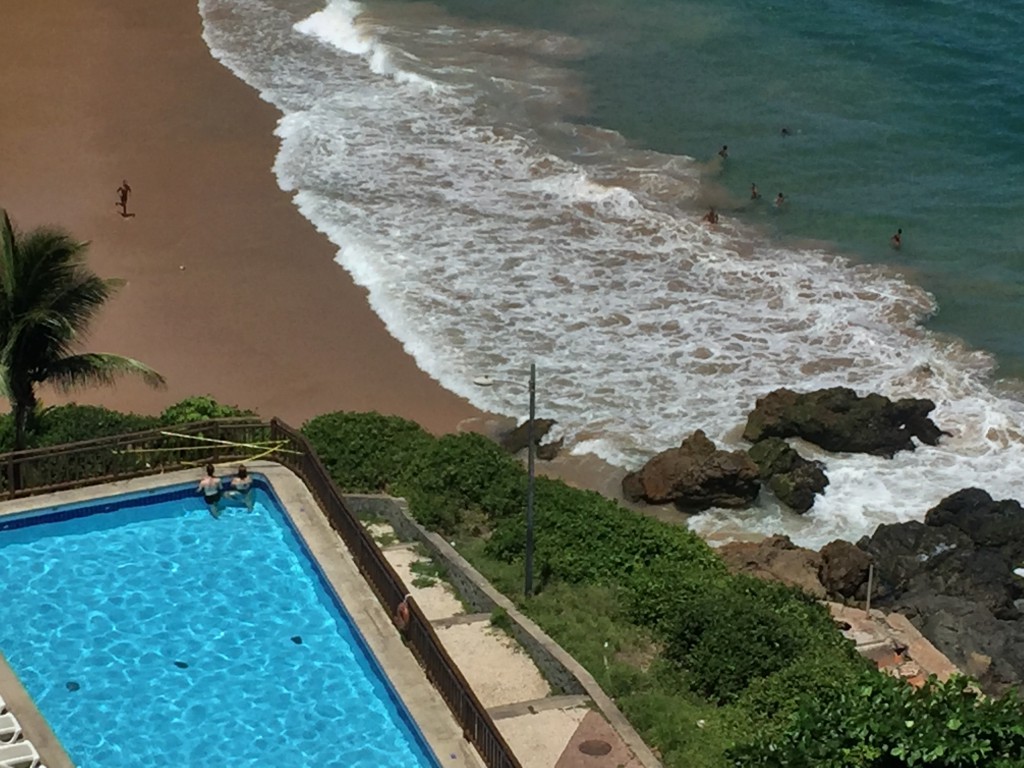El Errante
The man in the white shirt holds out the ceramic cup, I take it and drink. The ayahuasca tea tastes like maple syrup, with some fine grit and an earthy aftertaste. I return to my seat and notice immediately that my lips and tongue have become pleasantly numb. The rest of the ritual participants approach and similarly dose with the brew. The man pours himself a cup, extinguishes the electric light and sits comfortably in his chair. As he settles the flame of a single candle sends shadows dancing and popping around the living room. I burrow into the futon I’m sitting on, waiting for the drug to make its presence known. Finally the man who poured the tea addresses the group in a calm voice, “Bom trabalho” [good work].
Like many anarchists I have tried a host of hallucinogens in a multitude of contexts; LSD while clubbing in NYC in the ’80s, peyote in Native American Church ceremonies, mescaline with Chinese food, and MDMA for the mindblowing sex. So with the move to São Paulo I had hoped that the opportunity to try ayahuasca might happen. And sure enough the therapist I had been seeing recommended, as a treatment, trying a Santo Daime ayahuasca ritual. The coincidence gave me the odd feeling that I didn’t find ayahuasca; ayahuasca found me. I jumped at the chance.
(When invited I resolved to experience the ritual as a participant. While I have neither belief nor disbelief in God I do believe in respecting others’ faith. In so doing I reject Anthropology’s participant/observer academic copout. In such a situation you are either a participant or an observer, never both.)
A week later I found myself in the living room of a professional couple in São Paulo, with five other participants. A low altar stood along one wall adorned with flowers, water, cachaça, a plastic bottle of ayahuasca tea and pictures of Raimundo Irineu Serra (the founder of Santo Daime) and Padrinho Sebastião (Little Father Sebastian—a popularizer of Santo Daime in urban areas). A quick note about the Santo Daime religion—founded in the 1920s by Raimundo Irineu Serra, a rubber tapper in the far western Brazilian state of Acre—the religion is a synthesis of indigenous shamanism, Catholic imagery and African native religions. In this sense it perfectly emulates the syncretic nature of Brazilian society and it is no surprise that urban professionals, mental health providers, agricultural workers and those on spiritual quests are turning more and more to the religion and ayahuasca. What is important in all this is that ayahuasca is considered by practitioners as a healing concoction, it is a medicine for those who suffer mentally, emotionally and spiritually. It illuminates what was darkened by fear, anger, hurt; hence one of its alternate names, Santa Luz, the Saint of Light. It also bears the image of power, of strength—to deal with life, to overcome adversity, to change.
After about twenty minutes of silence, the host turns on the light, a guitar, rattles and hinos (books of chants) are produced and a long session of chanting begins. The chanting is melodic, almost song but not quite. I follow along as best I can. I notice that my Portuguese is beginning to get a whole lot better—the ayahuasca? Maybe. The room also waxes far brighter, glowing in yellows and light greens, and I notice a moment of physical relaxation, almost being tired—a yawn. Blips of color and light have landed on the page of my hino, and are starting to dance and play at leap-frog over the words. I no longer pay attention to the chanting and it fades into the background and I close my eyes where a universe of hues erupts and boils. I yawn again and let the colors in my head have their fun.
Some notes on the physical effects of ayahuasca. The literature and lore of ayahuasca indicates that the brew produces a more introspective, personal experience. I found this to be true, the tea must contain at least one alkaloid that is a depressant. So as opposed the “wide awake” feeling and extroversion of LSD, peyote, or MDMA, one becomes far quieter physically and mentally. Mescaline (the psychoactive in peyote) and MDMA are both analogues of amphetamine and hence their stimulant effect is a given. There is a body chill noticeable with ayahuasca, even on a warm night in São Paulo I felt sudden shivers on occasion. The following day I noticed that I was feeling quite warm and took my temperature, it was elevated—perhaps the reason for the body chills is a mild febrile effect of the drug. There is an increase in blood pressure with the drug. At first I was a bit concerned with the noticeable tightening in my chest, but it rapidly subsided as the drug entered its visual phase. Ayahuasca is also noted as a purgative—and it is. Several participants vomited as a result of drinking the brew—as I had fasted most of the day I was pretty much in the clear. Though I did have some rather unique bowel movements over the course of the evening.
Mid-ceremony most participants, including myself, dosed again, usually with only half the initial amount, and then a short ceremony was held for Santa Maria (marijuana). A joint is passed from participant to participant and chants about Santa Maria are voiced. Then once again a return to chanting, singing, and hallucinating. This time I really feel the effect of the drug, and can sense just how close to disassociation (a full psychic break with reality) I am. Ayahuasca is easily the most potent hallucinogen I have ever tried yet its effects are muted due to the short half-life of the drug. The intensity lasts no more than a half hour and then subsides into a pleasant background hum. The room continues to glow slightly and I return to the chanting. I look out under my lids at my companions, some have their eyes closed, some smile beatifically, and one sleeps comfortably on the floor. At last everyone rises, the chanting ends, a few “Our Fathers” and “Hail Marys” are recited, the participants hug each other and inquire about their respective experiences. It was a beautiful moment—I was lucky to be there.
There is a communality to the ritual, water is shared, ayahuasca is shared, and after the ceremony the participants have a meal and talk. Not surprisingly there was an unvoiced political undercurrent to the ceremony I attended. As I walked around the house acclimatizing myself before the ceremony I noticed an antifa and “Refugees Welcome” sticker on the kitchen wall. I queried my host about them and he said that a previous roommate of his had been an anarchist and then asked, “Do you know about anarchism?”
So it goes….

